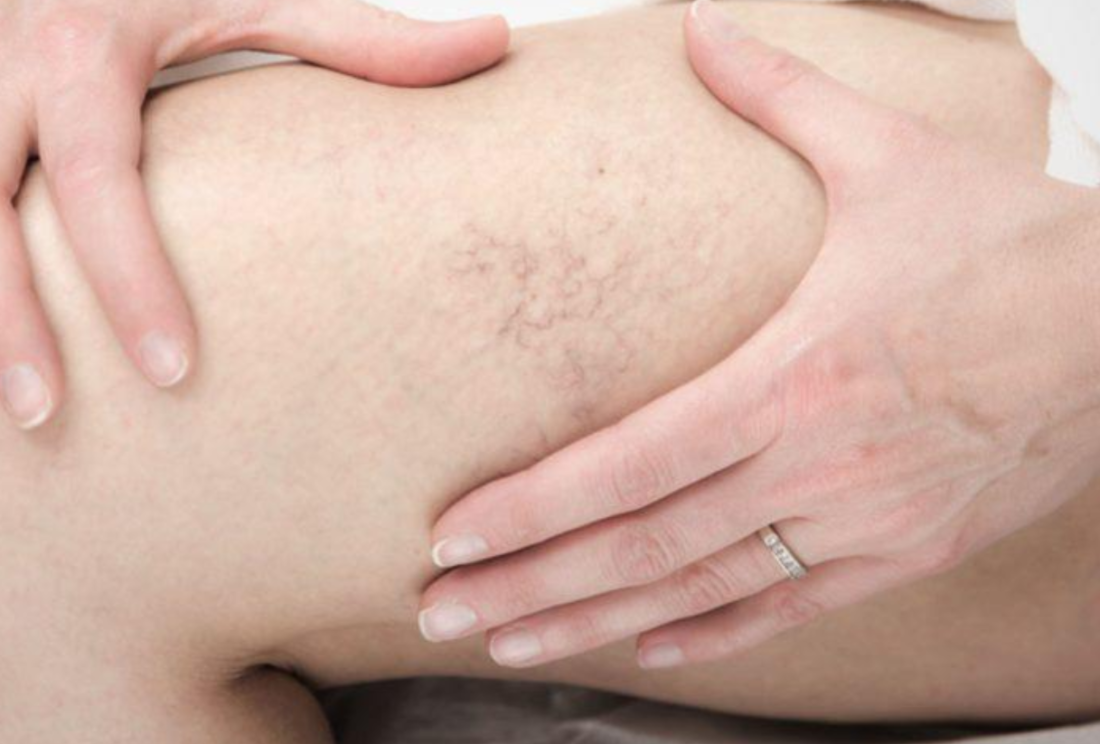After the arteries provide oxygenated and strengthened blood to the body’s cells, the veins transport the “used” blood back to the heart and lungs. It is again oxygenated before repeating the process. Because the veins in the legs are so distant from the heart, blood sometimes pools in the veins and causes painful varicosities and pressure because the heart’s pumping pressure is not strong enough to send all the blood back up. Whether you have varicose veins, you should have them checked out to determine if they indicate anything more severe. Thanks to Weston vein evaluations, you can always get ahead of the issue and have it checked by a professional.

Look at this checklist for the telltale symptoms of veins that should prompt you to seek medical attention.
Veins that are discolored
Discoloration of the veins in the belly, legs, and feet is possible. This symptom might indicate insufficient blood return to the heart. It is crucial since untreated high blood pressure in the arteries might lead to a ruptured blood vessel. Varicose veins are one cause of discolored veins, although other vascular illnesses may have the same effect. Red and darker skin, thick, complex, and scaly skin, edema, and leg ulcers are all possible side effects of vein discoloration.
Your varicose veins protrude
Varicose veins, also referred to as varicosities, are swollen, dilated, and overfilled veins often manifest as twisted, blue veins in the legs. Blood can’t flow backward in veins since they’re equipped with one-way valves. When these valves stop working correctly, blood pools in the veins instead of rushing to the heart.
Cracked, itchy, and dry skin on the lower extremities
Dry, flaky skin that itches is a standard indicator that blood is not returning to the heart usually. Vein issues are the cause of these skin changes. A vein that breaks through the skin may cause a painful ulcer if you don’t address the problem in time. Vein problems, which often manifest as varicose veins, are less painful and easier to treat if the vein is still confined beneath the skin.
You and your family have a history of vein disease
Vein disease has a substantial hereditary component. Taking preventative measures might be helpful if you come from a troubled home. It is essential to see a vein expert to receive an accurate evaluation of your risks and advice on reducing them via adjustments in your daily routine.
Sustained and excruciating pain
Vein disease may cause leg discomfort that worsens prolonged sitting or standing. Exercising may assist at times. The cardiovascular system benefits from daily walking sessions of 30-60 minutes. Calisthenics activities such as squatting might be helpful if you are unable to walk. When physical activity doesn’t alleviate discomfort, it is time to see a vein care professional. If a physical activity causes excruciating pain, talk to your vein doctor about your choices for therapy.
Specialists in venous diseases and circulatory issues have the know-how to spot the warning signs of these conditions. They will do a thorough physical examination and assessment and run a battery of diagnostic tests to determine the source of your problems.



